为进一步丰富校园文化生活,引导同学们树立文化自信意识,加深对本土文化的了解和热爱,贵州理工学院外国语学院学子走进家乡的传统“非遗”,挖掘家乡“非遗”文化的现代传承,用英语展现与传播贵州非物质文化遗产的魅力。
下面,让我们的同学与大家一同分享“非遗”之美
Rolling Mountain Beads
Rolling Mountain Beads is a beautiful Lusheng dance performed by the Miao people in Nayong County, Bijie City, Guizhou province. It was recognized by the Ministry of Culture as a national intangible cultural heritage in May 2006.
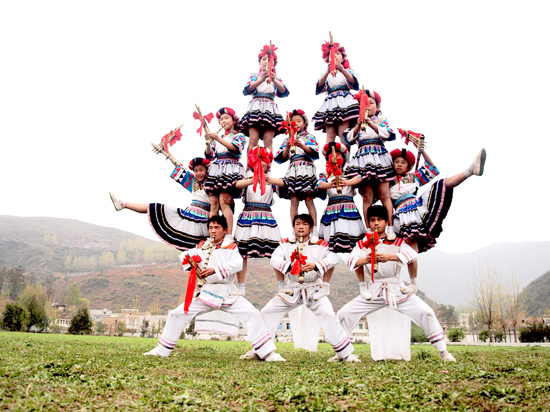
The story of Rolling Mountain Beads
According to legend, in ancient times, the ancestors of the Miao people arrived at Heiyang Daqing (Black Ocean Great Gorge) during their migration. The journey was rough and filled with thorns. To clear a path for their elders, the courageous young men rolled their strong bodies through the thorns. Eventually, they succeeded in passing through and settled in Heiyang Daqing.
To commemorate the accomplishments of these young heroes, the Miao people perform a Lusheng dance called Rolling Mountain Beads. They imitate the action of rolling down thorns with their bodies and have passed it down from generation to generation.
Wang Jingcai, the representative inheritor of Rolling Mountain Beads
In 2006, Rolling Mountain Beads was selected as one of the first representatives of intangible cultural heritage works in China. Wang Jingcai is a representative inheritor of Rolling Mountain Beads.
Wang Jingcai, male, a Miao nationality, was born in Xinchun Village, Zhuchang Town, Nayong county, Guizhou Province in 1968.
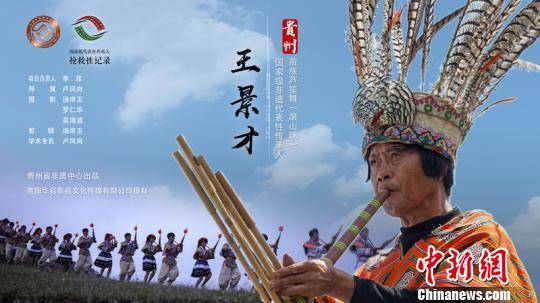
When he was young, Wang Jingcai studied Lusheng dance from his uncle Huang Shunqiang, who was a renowned master of Lusheng and was enthusiastic about passing on and teaching the dance. In 1984, Wang Jingcai participated in the National Children's Song and Dance Video Competition, where his performance of Roll Mountain Beads received a good rating. Following that, he took part in various events. Roll Mountain Beads gained popularity through increasing numbers of people who took to the dance, and it became famous over time.
Artistic characteristics
Rolling Mountain Beads is a joyful Lusheng dance that imitates a local pheasant playing in the mountains, making its expression and form realistic. The performers wear hats adorned with long feathers from the pheasant's tail and dance while playing the Lusheng, providing a depiction of real life.
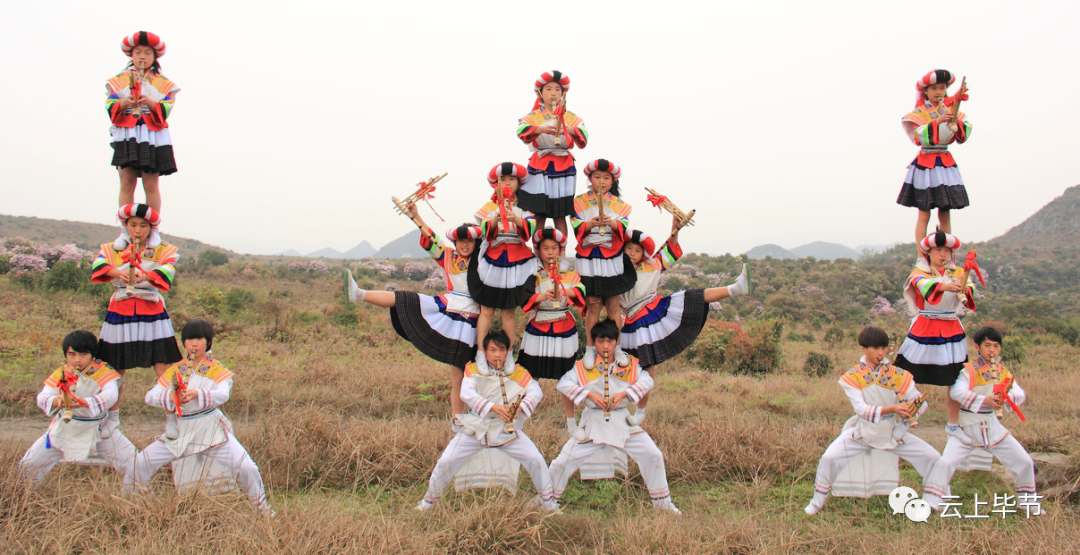
Initially, one person performed a reflection of the process of conquering nature. During the performance, six wooden atlatls, each approximately 20 centimeters in length, were inserted into the ground to form a circle with a diameter of around 0.7 meters. Alternatively, six rice bowls with inverted tops were placed in a circle in place of dart heads. The performer must hold the Lusheng in their hands while playing, jumping and rolling around the atlatls or bowls filled with water, without spilling the water. This performance is highly challenging and dangerous. Over time, people gradually integrated practical skills for production and daily life into the Lusheng dance, constantly improving it.
By 1989, the Lusheng dance "Rolling Mountain Bead" had evolved from a solo performance to a group dance performed by six to eight individuals simultaneously. The performers, holding six-pipe Lusheng instruments, wear hats adorned with long feathers and white embroidered coats. They dance around a spear or a bowl filled with water, occasionally using their heads as a foot. The difficulty of the Lusheng dance increases as the performance progresses.
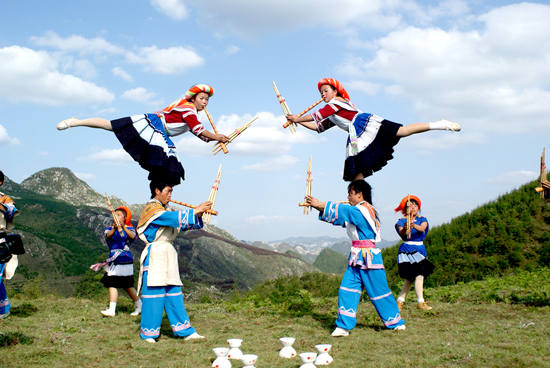
The development of Rolling Mountain Beads
The Rolling Mountain Beads dance embodies the migratory memories of the Miao people and the preservation of their national culture. With its rich connotations and challenging techniques, Rolling Mountain Beads hascaptivated audiences both in China and abroad since its introduction in the last century.
In 1989, Nayong organized the Rolling Mountain Beads Dance team to tour Guangzhou with the Guizhou Ethnic Song and Dance Troupe, which made the Rolling Mountain Beads a sensation in Yangcheng.
In the following year, the seven-minute performance of Rolling Mountain Beads received 18 rounds of applause at the Asian Games in Beijing.
In 1991, the dance team was sent by the Ministry of Culture to Hong Kong to participate in the Chinese Ethnic Minority Art performance.
The following year, in 1992, the Rolling Mountain Beads performing team traveled to the Netherlands to participate in the 37th International Folk Art Festival. They also toured Norway, Belgium, Denmark, and Poland, which helped to showcase the power of grassroots art on the global stage.

Rolling Mountain beads tells the story of the Miao people’s ancestors’ fight against nature. It portrays not only the struggle between body and reality but also the determination to confront the environment. Its key artistic feature is the natural combination of play and dance, the fusion of sound and form, the coordination of mouth and hand, and the integration of individual and group. It is unique for its bravery in performing challenging movements and its profound cultural connotation. As a result, it has been hailed as the pearl of Guizhou Plateau by the leaders of the Ministry of Culture.
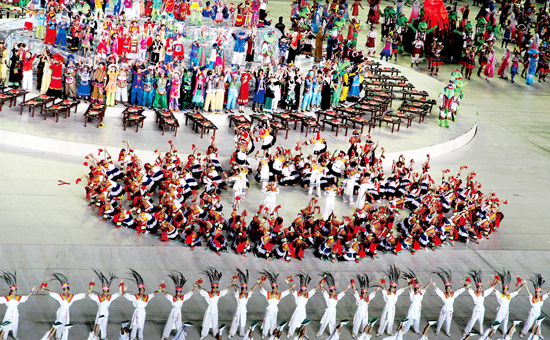
In December 2005, Rolling Mountain Beads was officially registered with the State Administration for Industry and Commerce. The following year, it was recognized as a national intangible cultural heritage by the Ministry of Culture. Today, it represents Nayong and Chinese culture and art as a valuable piece of work in the country's treasure house.
文中图片来源网络,如侵权请联系删除。
文字:符月
指导教师:王雪丽
稿件审校:周丽
一审:黄超禹
二审:杜玉红
三审:徐焱
